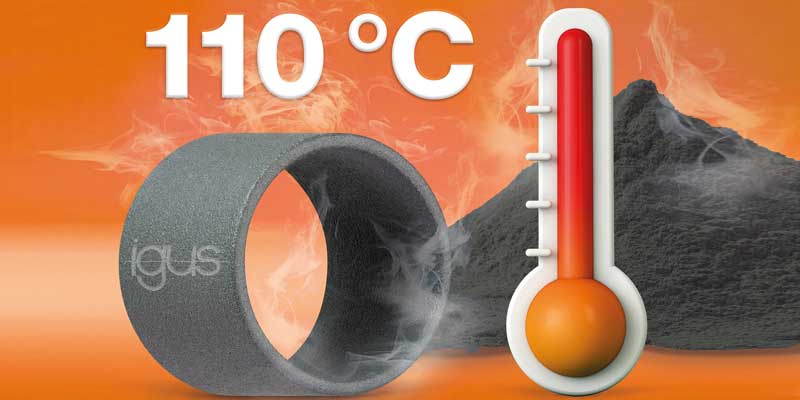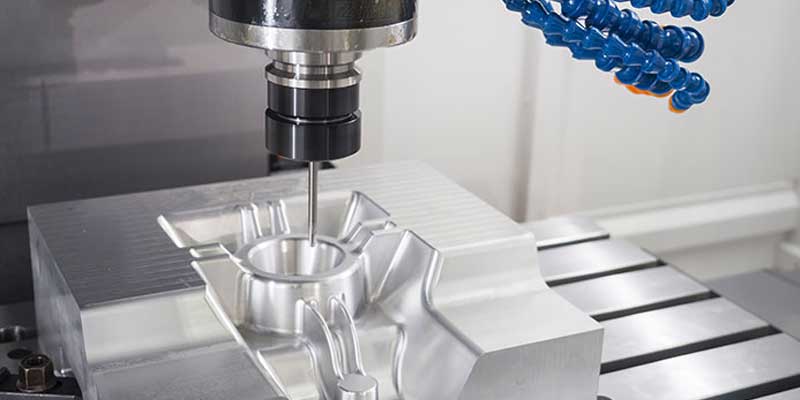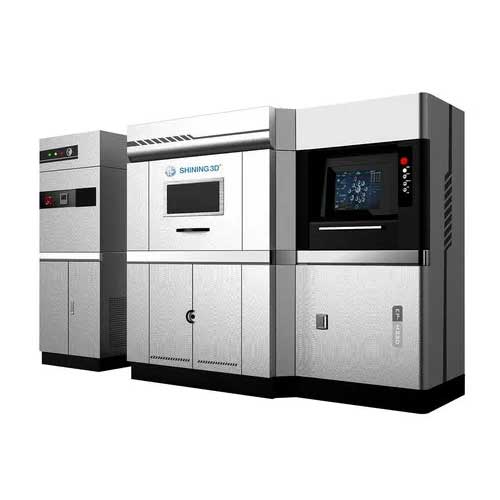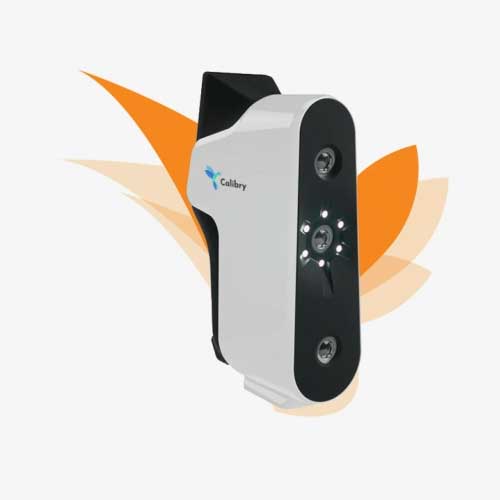Schedule a Call Back
Flexo technology has best prospects for the future
 Interviews
Interviews- Nov 01,17

Related Stories

A real "hothead": Igus launches new SLS printing material
Igus offers iglidur i230, its first 3D printing material for polymer components that withstands temperatures of up to 110°C.
Read more
Moulding the future of manufacturing
Despite the global turmoil, the Indian tooling industry performed exceptionally well in 2023. With emerging segments (like electric vehicles, railways, aerospace, etc) opening up new avenues of grow..
Read more
Role of modern technologies & automation in green engineering
The convergence of modern technologies and digital twins is more than just a technological achievement; it represents a paradigm change toward engineering that is wiser, greener, and more responsibl..
Read moreRelated Products

5 Colour Pad Printers
Converge Transprint Systems Pvt Ltd offers a superior quality range of 5-colour pad printers. Read more

EP-M250 Slm 3D Printer
Lodestar Innovations Private Limited offers a wide range of EP-M250 SLM 3D printer.

Handheld 3d Scanner
Monotech Systems Ltd offers a wide range of handheld 3D scanner - handheld 3d scanner – Calibry.














